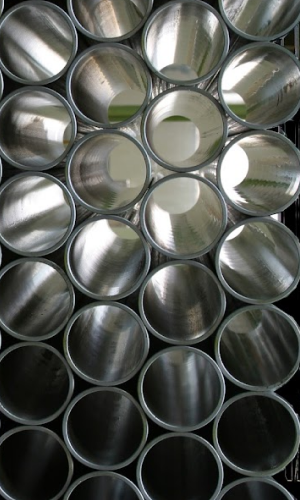Pipe features:
- resistance to high temperatures that occur during the transfer of flammable media;
- resistance to corrosion, which may occur as a result of contact with combustible media, moisture and other external factors;
- high resistance to high pressure that occurs during the transport of flammable media;
- durability to withstand many years without replacement, which is especially important in the case of gas or oil installations;
- resistance to mechanical damage, such as impacts or shocks, to ensure safe transport of flammable media;
- fire resistance to prevent the spread of fire in the event of a failure of the installation.
